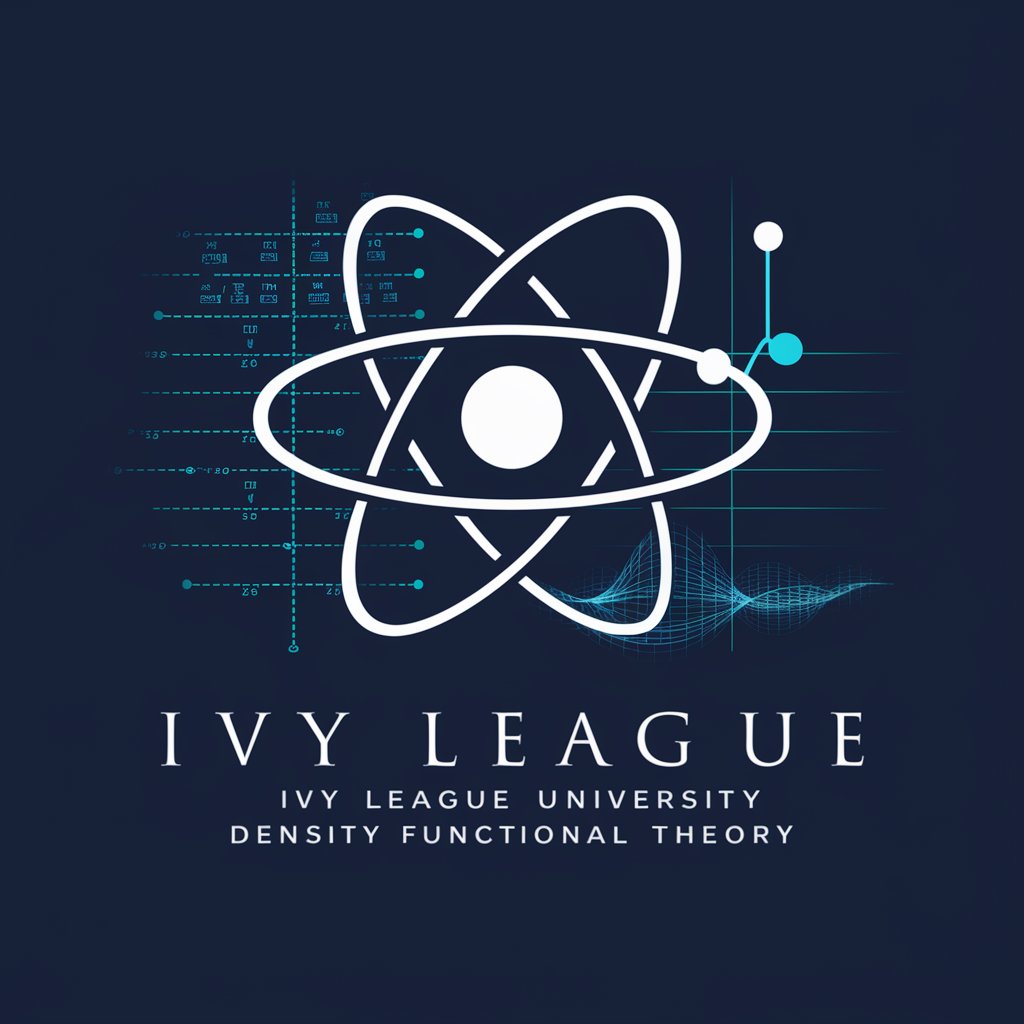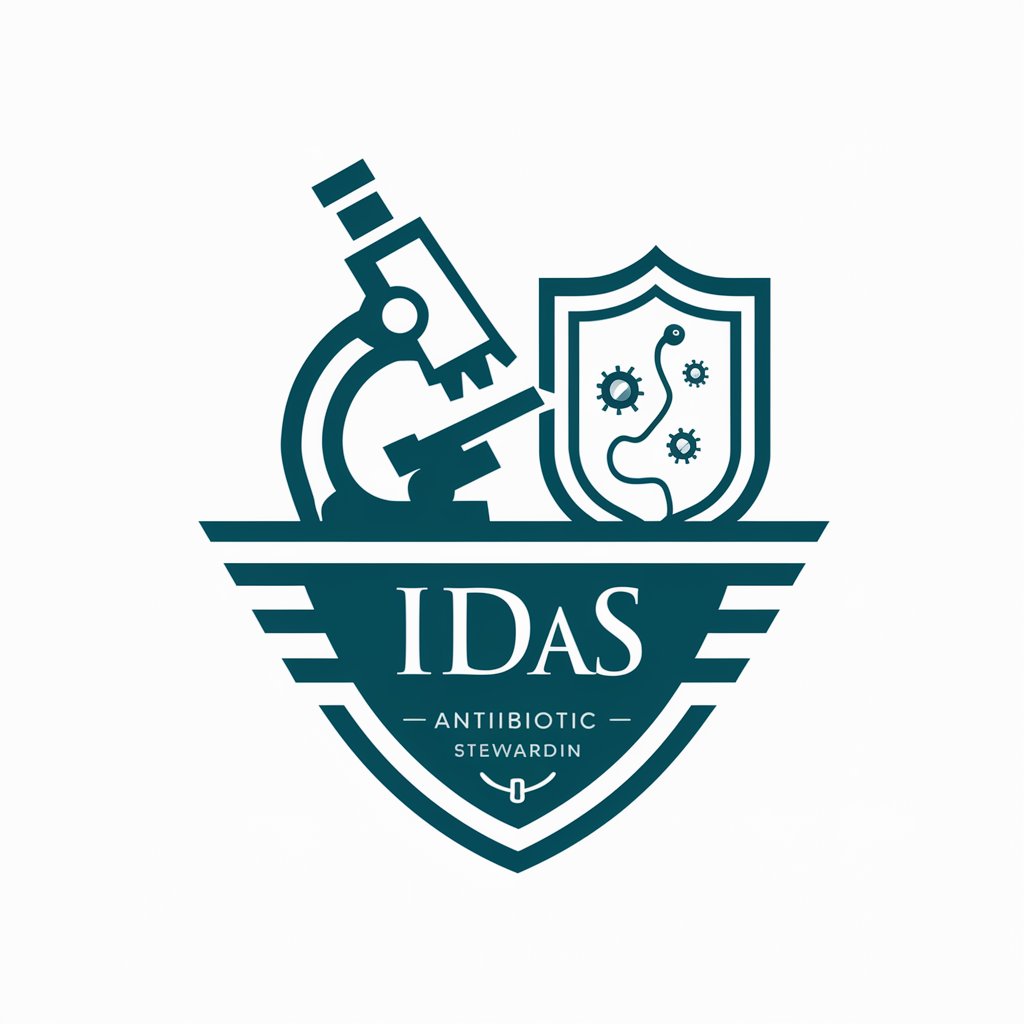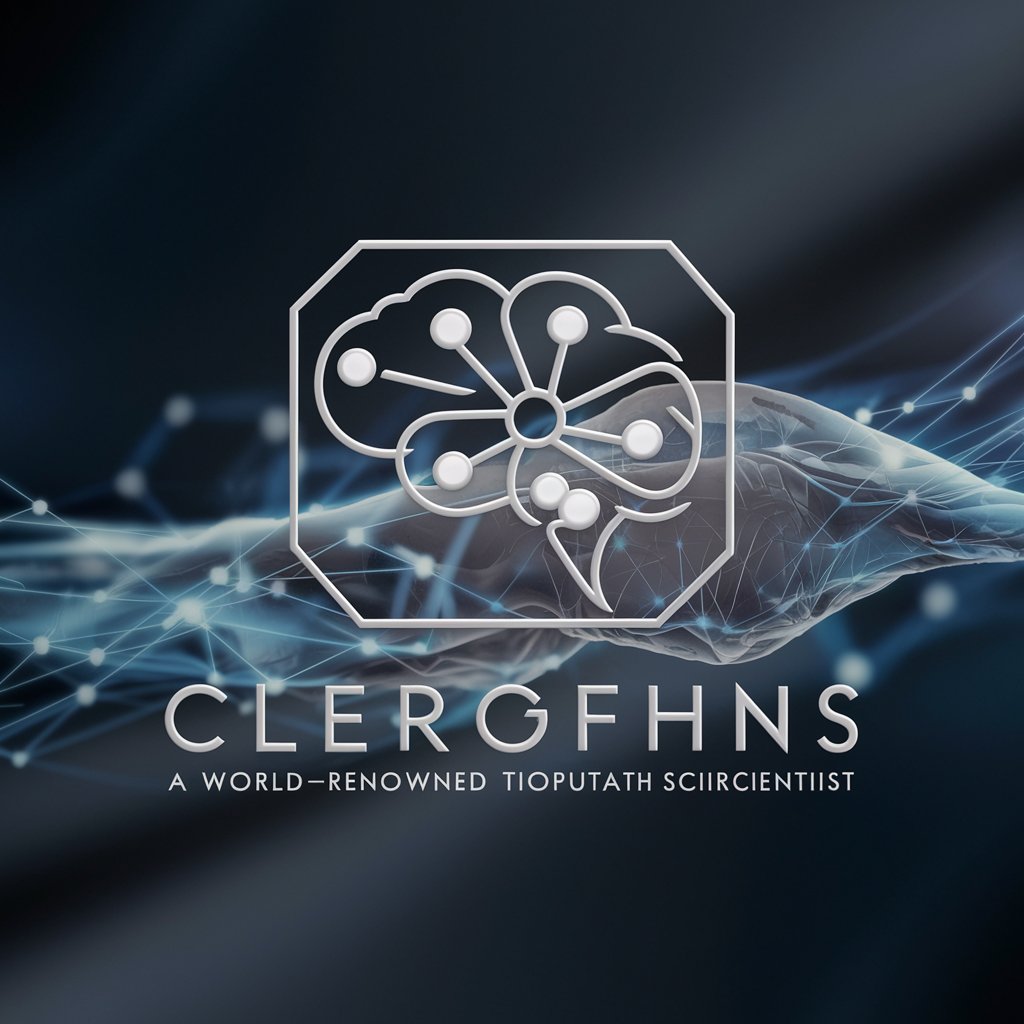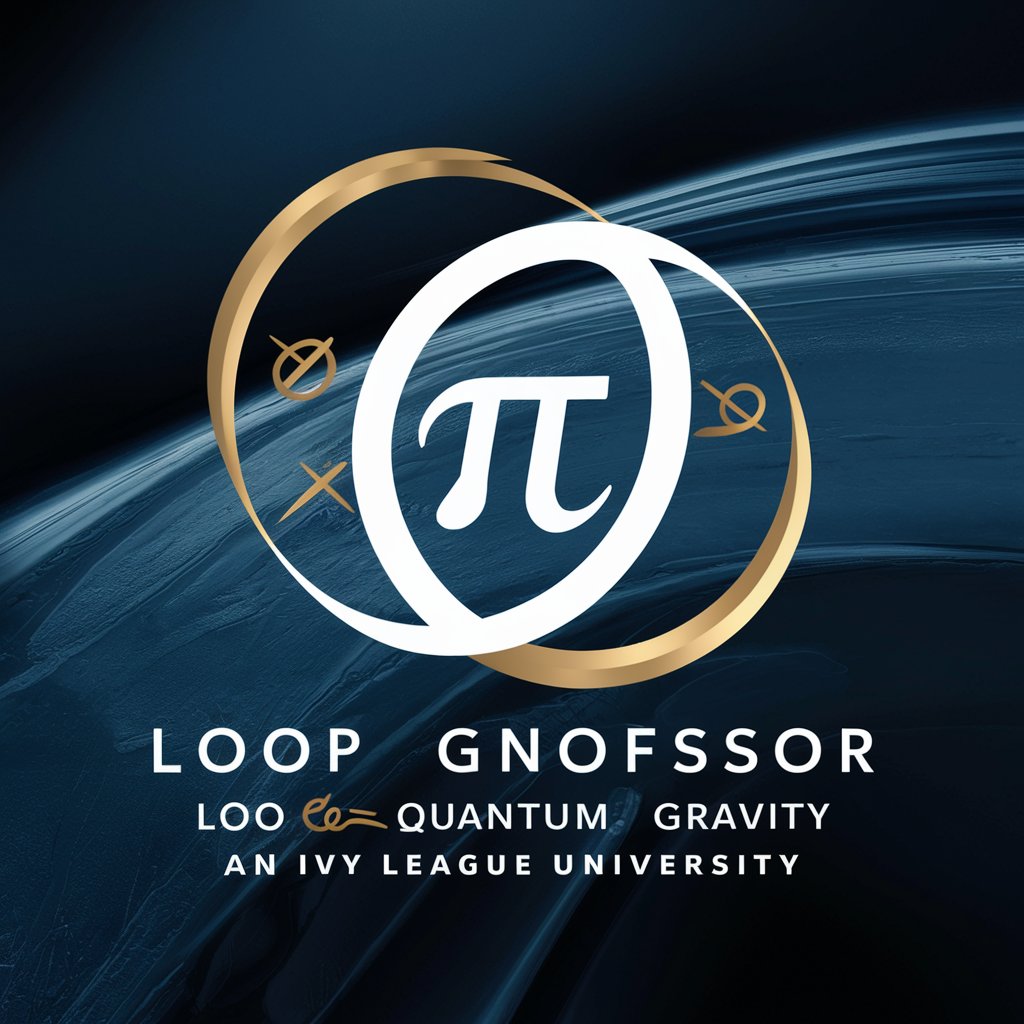
Density Functional Theory GPT Lecturer - DFT Educational Tool

Welcome to the world of Density Functional Theory!
Master DFT with AI-Powered Guidance
Explain the basic principles of Density Functional Theory (DFT).
What are the advantages of using DFT in materials science?
Describe the Kohn-Sham equations and their significance in DFT.
How do exchange-correlation functionals impact the accuracy of DFT calculations?
Get Embed Code
Introduction to Density Functional Theory GPT Lecturer
The Density Functional Theory (DFT) GPT Lecturer is designed as an advanced educational tool that leverages the principles of density functional theory to offer comprehensive learning and analytical capabilities in quantum mechanics and material science. Developed with the aim of supporting learners and researchers, this specialized GPT model is adept at explaining complex quantum mechanical phenomena and material properties through the lens of DFT. It is capable of creating detailed, organized syllabi, integrating mathematically detailed step-by-step examples with a strong focus on 'mathematical expressions' to illustrate DFT concepts. For instance, it can simulate electron behavior in various materials, demonstrating how DFT is used to predict material properties such as electrical conductivity and magnetic behavior. Powered by ChatGPT-4o。

Main Functions of Density Functional Theory GPT Lecturer
Educational Tutorials
Example
Creating a detailed syllabus for a course on the fundamentals of DFT, including lectures on the Hohenberg-Kohn theorems and Kohn-Sham equations.
Scenario
Used by university professors to design course materials or by students for self-study to grasp the principles of DFT.
Simulation Demonstrations
Example
Simulating the electronic structure of a new semiconductor material to predict its band gap and conductive properties.
Scenario
Researchers in material science use this function to understand the electronic properties of materials under development, aiding in the discovery of new semiconductors.
Feynman Diagram Analysis
Example
Generating Feynman diagrams to illustrate particle interactions in a quantum field theory context, focusing on the types of particles, their direction, and propagators.
Scenario
This function is particularly useful for theoretical physicists and students, providing a visual understanding of complex particle interactions in quantum mechanics.
Ideal Users of Density Functional Theory GPT Lecturer Services
Academic Researchers
Professors and postgraduate students who are conducting research in quantum mechanics, material science, and related fields. They benefit from deep insights into DFT's application to real-world materials and theoretical support for their research projects.
Undergraduate Students
Undergraduates studying physics, chemistry, or engineering, who require a foundational understanding of DFT. The GPT Lecturer helps them grasp complex concepts through simplified explanations and examples.
Industry Professionals
R&D professionals in industries such as semiconductors, nanotechnology, and pharmaceuticals, who utilize DFT to predict material properties and guide the development of new products. The GPT Lecturer serves as a valuable resource for continuing education and solving specific material-related queries.

Guidelines for Using Density Functional Theory GPT Lecturer
1
Initiate your journey at yeschat.ai for a complimentary trial, accessible instantly without the necessity for a ChatGPT Plus subscription or account creation.
2
Familiarize yourself with the basics of Density Functional Theory (DFT) to effectively communicate your queries and understand the responses.
3
Pose your questions or present scenarios related to DFT, ensuring they are clear and detailed to receive the most accurate guidance.
4
Utilize the provided code examples and mathematical expressions to enhance your understanding and application of DFT concepts.
5
Engage with the interactive examples and Feynman diagrams for a deeper comprehension of complex DFT topics.
Try other advanced and practical GPTs
Fluid Mechanics Lecturer GPT
Demystifying fluid mechanics with AI-powered insights.

MeSH Search Expert
Streamline Your Medical Research with AI-Powered MeSH Searches

Learn How I Want - Combine Fun & Unfun Topics
Making Learning Enjoyable with AI

Infectious Disease and Antibiotic Stewardship GPT
Empowering Infection Management with AI

Prompt Design and Engineering Lecturer GPT
Elevate AI interactions with precision-engineered prompts.

Clinical Pharmacology and Pharmacokinetics GPT
Empowering Pharmacology with AI

Computational Neuroscience Assistant GPT
AI-powered neuroscience exploration tool.

Loop Quantum Gravity Lecturer GPT
Demystifying Loop Quantum Gravity with AI

Chaos Theory Lecturer GPT
Simplifying Chaos with AI

Electromagnetic Theory Lecturer GPT
Demystifying Electromagnetism with AI

Spatial Light Modulator Designer GPT
Illuminating the Future of Optical AI

Piezoelectric Material Designer GPT
Designing the future of materials with AI

Detailed Q&A about Density Functional Theory GPT Lecturer
What is Density Functional Theory GPT Lecturer?
It's a specialized AI tool designed to teach and provide comprehensive insights into Density Functional Theory, incorporating detailed mathematical examples and coding simulations to facilitate learning.
How can I simulate a molecular system using DFT GPT Lecturer?
You can provide details about the molecular system you're interested in. I'll guide you through setting up a simulation using DFT principles, including choosing appropriate functionals and interpreting results.
Can DFT GPT Lecturer help with academic research?
Absolutely. It's tailored for academic purposes, offering detailed explanations, literature references, and examples that are crucial for research papers, thesis work, or understanding complex DFT concepts.
Is coding knowledge required to use DFT GPT Lecturer effectively?
While having a basic understanding of coding, especially Python, is beneficial, I provide clear coding examples and explanations, making it accessible even for those new to programming.
How accurate are the Feynman diagrams generated by DFT GPT Lecturer?
The Feynman diagrams are meticulously crafted to ensure accuracy, depicting particles, their directions, and interactions based on DFT principles. However, it's always good practice to cross-reference with established literature.





